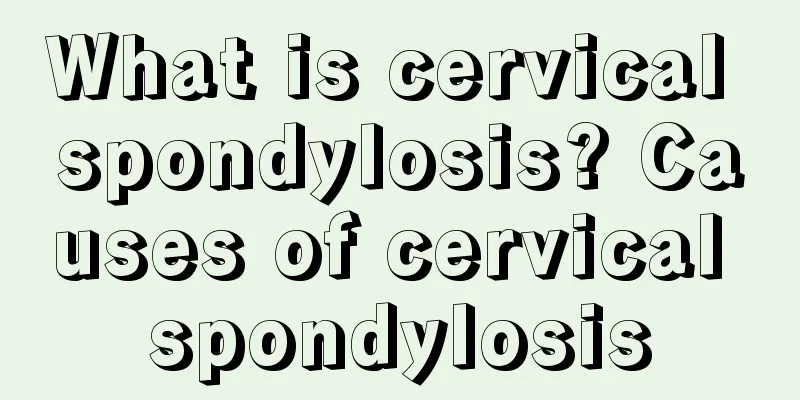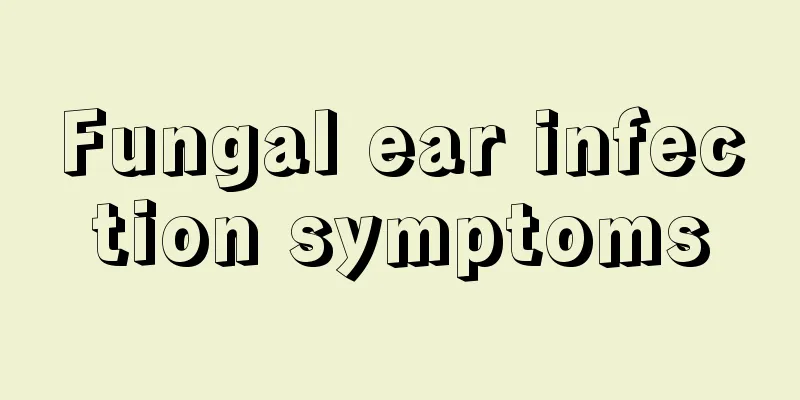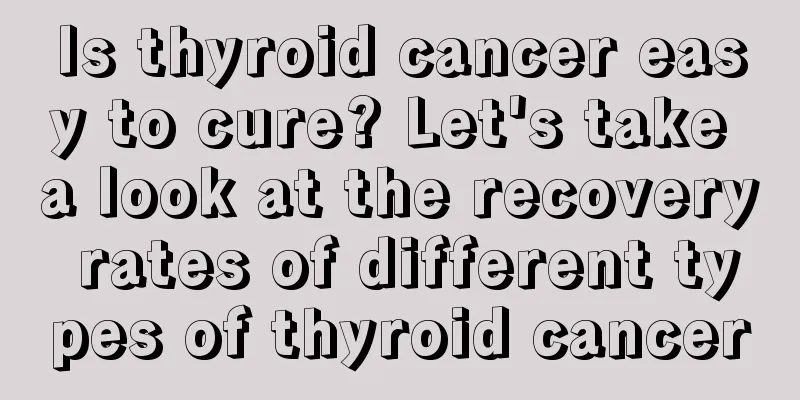How to view the efficacy indicators of liver cancer? How to take care of liver cancer patients with diet?

|
In the process of continuous treatment of liver cancer, it is necessary to make certain judgments on the effect of treatment, and the judgment indicators have become the most concerned thing for patients. So, what are the indicators for judging the efficacy of liver cancer treatment? There are two efficacy indicators for liver cancer: one is the survival indicator of liver cancer, and the other is the tumor response indicator. Survival indicators include overall survival rate and tumor-free survival rate. Overall survival rate refers to the survival time of patients or the percentage of patients surviving in a specific time period. Regardless of whether the patient has a tumor or not, as long as they survive, they are calculated into the survival period or survival rate. The tumor-free survival rate refers to the survival period of liver cancer patients in a tumor-free state after surgical resection or the survival rate in a specific time period. Another efficacy indicator for liver cancer is the tumor response indicator, which is mainly used to evaluate the efficacy of non-surgical resection methods. For example, after the application of hepatic artery embolization chemotherapy, whether the tumor shrinks or disappears completely is called complete remission, and the maximum diameter of the tumor shrinks by more than 30% is called partial remission. If the maximum diameter of the tumor shrinks by no more than 30% and increases by no more than 20%, it is called stable. If it increases by more than 20%, or new lesions appear, it is called disease progression. As for the treatment effect of liver cancer, it is currently believed that the most important efficacy indicator is the patient's overall survival, and whether the tumor shrinks is a secondary indicator. Although the patient's tumor has not shrunk, it is in a stable state and the patient may still survive for a long time. Such treatment is still effective; on the contrary, although the tumor has shrunk after some intense anti-tumor treatment, it will soon metastasize to multiple parts of the body or cause the failure of important organs due to the toxic reaction of the treatment. In this case, such treatment is ineffective and undesirable. These are the main indicators for judging the efficacy of liver cancer treatment. In addition, patients should be cared for in terms of diet. So, how should patients with liver cancer be cared for in terms of diet? 1. Comprehensive nutrition and reasonable cooking Nutrition should be comprehensive, cooking should be reasonable, and the diet should be fresh, easy to digest, and rich in nutrition to ensure the patient's heat and nutritional requirements. For example, eggs, fresh fish, lean meat, yogurt, soy milk, etc. can be supplemented; fresh vegetables and fruits can be used to supplement vitamins; at the same time, attention should be paid to choosing appropriate fats to help the absorption of fat-soluble vitamins; auxiliary therapeutic foods such as turtles and mushrooms can also be used. The processing methods of various foods should be paid attention to. Liver cancer patients often have accompanying symptoms such as indigestion and anorexia. Therefore, food is mainly boiled, steamed, and stewed. Try not to eat hard and crisp foods such as fried and deep-fried foods. For liver cancer patients, hard, crisp, and spicy foods can cause serious complications such as gastrointestinal bleeding. 2. Nutrition after surgery, radiotherapy and chemotherapy (1) After surgery, patients should be given a high-protein, high-vitamin diet, such as eggs, pork liver, yellow croaker, sea bass, mandarin fish, pomegranate, banana, carrot, lemon, watermelon, etc. (2) After radiotherapy, it is advisable to eat foods that nourish the body and stimulate the appetite, such as yam, lentils, water chestnuts, pears, winter melon, grapes, wild rice stems, sweet oranges, eggs, quail eggs, and bird's nests. (3) After chemotherapy, it is advisable to eat foods that nourish the qi and spleen, nourish the blood and detoxify, such as stewed soft-shelled turtle, crucian carp, animal liver, goose blood, eggs, winter melon, red dates, coix seed, yam, radish, lotus root, orange, tomato, soybean sprouts, etc. (4) In the late stage of liver cancer, it is advisable to eat light, soft, easy to digest, appetite-stimulating, nutritious foods, such as red beans, yam, coix seed, winter melon, watermelon, crucian carp, carrots, white radish, cucumber, bitter melon, etc. |
<<: What are the clinical symptoms of liver cancer? Introducing 6 folk remedies for liver cancer
Recommend
Can poisonous snake meat be eaten?
I believe that everyone has often seen cases of d...
How to make cheekbones smaller
Every woman wants to have a perfect face to add p...
What causes sweating all over the body
Sweating when the weather is hot is a normal thin...
What is the healthiest diet for lung cancer? Analysis of dietary principles for lung cancer patients
There are many things that lung cancer patients n...
HPV vaccine is suitable for people
I believe everyone has had a bumpy experience get...
What to eat after drinking to relieve stomach acid? It turns out to be some food
People often vomit after drinking too much alcoho...
What should I do if my mouth is protruding?
Protruding mouth is a common problem for many peo...
Can pumpkin and cantaloupe be eaten together
Although both pumpkin and cantaloupe are called m...
What are the early symptoms of mumps?
The occurrence of mumps can be said to be a relat...
How to use drugs for small cell lung cancer? You can use these types
For small cell lung cancer, you need to adjust yo...
How to clean blood on clothes?
Our lives are definitely not always smooth sailin...
The best way to remove freckles
In the past, the most common way for businesses t...
Symptoms of bilateral recurrent laryngeal nerve injury
Bilateral recurrent laryngeal nerve injury is a p...
How to massage for the kidneys, teach you how to massage these three acupoints
As many male friends get older, their kidney func...
Three common causes of ovarian cancer
Among the malignant tumors that women are prone t...









